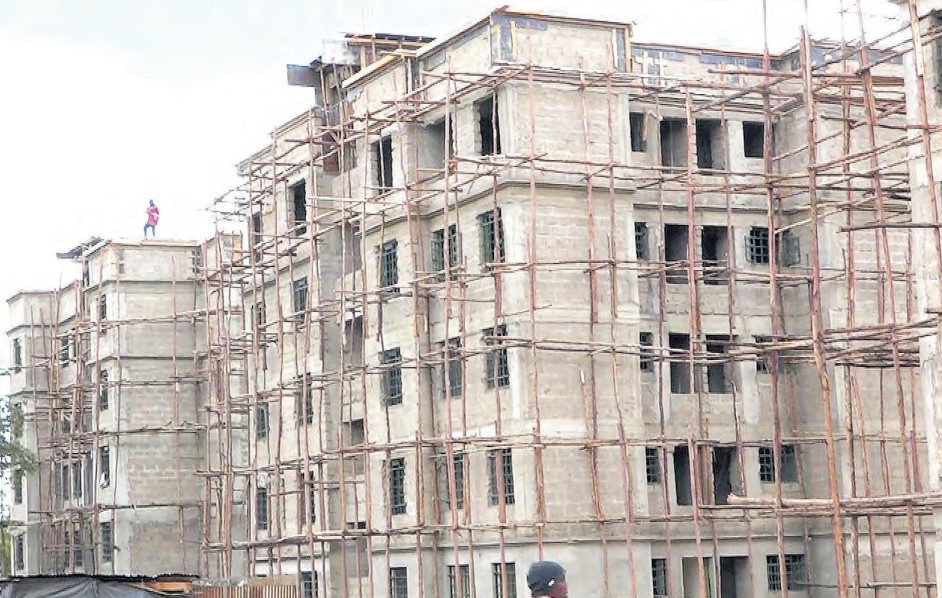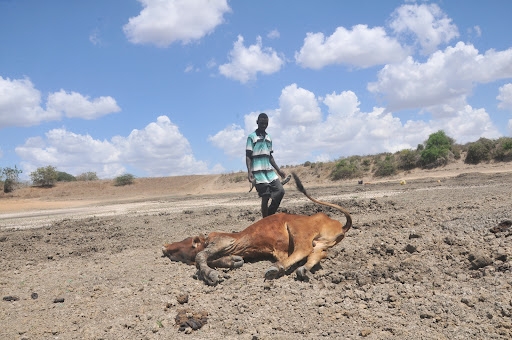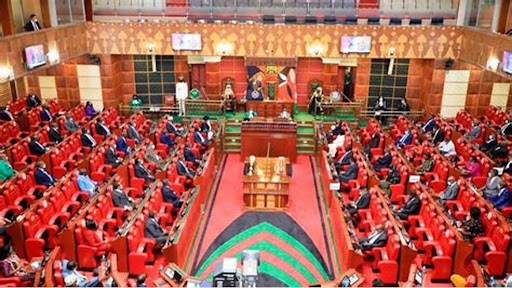

Boma Yangu, a solution portal supporting the Affordable Housing programme, has recorded increased activities a day after the government released nearly 5,000 affordable housing units to the public.
According to the Housing ministry more than 500,000 Kenyans have expressed their desire to occupy the first phase of the project, with a studio unit going for Sh640, 000, Sh960,000 for a one-bedroom unit, and Sh1,280,000 for a two-bedroom unit.
The initial target for residents to move in by December 2024 has shifted to April 2025 due to ongoing court cases and legal challenges surrounding the Housing Levy.
According to Alice Wahome, CS Lands, Public Works, Housing, and Urban Development, at least 140,000 affordable houses have been constructed so far, with a target of 200,000 units annually and 1 million over the next five years.
“Our mandate as the government is to ensure that Kenyans live in decent houses. The affordable housing program is designed to fulfill the constitutional requirement under Article 43, which mandates the state to provide Kenyans with decent and affordable housing.”
She encouraged Kenyans to continue visiting and purchasing the houses through the Boma Yangu platform.
The units are tailored for low-income earners, including mama mboga (small-scale vegetable vendors) and boda boda operators, who do not require payslips to own a home.
The payment plan allows Kenyans to acquire their chosen units through a rent-to-own arrangement, with monthly payments ranging from Sh3,000 to Sh7,000 for up to 25 years.
Wahome noted that while some Kenyans may not yet fully appreciate the importance of the affordable housing initiative, its release will be a game-changer and will highlight its significance.
She urged Kenyans to ignore critics who oppose the affordable housing programme, emphasizing that it has created employment opportunities for over 250,000 youths as part of the government’s job creation initiative.
The CS dismissed recent remarks by former Deputy President Rigathi Gachagua, who accused the government of corruption in the procurement of building materials for the housing project.
Housing PS Charles Hinga hailed the project as transformative, saying that the Affordable Housing Program (AHP) represents a comprehensive response to slums, addressing not just housing needs but fundamentally transforming urban communities and living standards across the nation.
“Our comprehensive project pipeline includes projects for student accommodation with over 128,000 beds under procurement and over 416,966 units planned for the next three years – building toward a transformative program to provide affordable homes for Kenyans,’’ Hinga said in a detailed report to the Star.
In areas like the Mukuru Special Planning Area, which houses approximately 402,000 residents in extremely dense conditions (146 households per acre), residents pay a steep poverty penalty – 172 per cent more for water and up to 142 per cent more for electricity than residents in planned neighbourhoods.
Yet, the socioeconomic impact of the AHP extends far beyond brick and mortar.
According to Hinga, the programme has created over 250,000 direct and indirect jobs, with projections indicating more than one million employment opportunities throughout its lifecycle.
‘With a calculated economy-wide impact of 3.26 jobs per residential unit completed, our pipeline of over 800,000 AHP units will generate well over 2.5 million jobs over the next decade.’’
He added that the programme has become a vehicle for empowering local entrepreneurs, with Sh11 billion ring-fenced for Jua Kali artisans and MSMEs to provide essential construction materials and services.
Under the programme, the government also seeks to address the critical shortage of student accommodation through the AHP.
“With nearly one million students enrolled in higher education but only about 10 per cent having access to on-campus housing, we have advertised projects that provide 128,656 student accommodation beds as part of institutional housing.”
“ This initiative will transform student life by providing safe, secure, decent, accessible, and well-connected housing at affordable rates.”
















